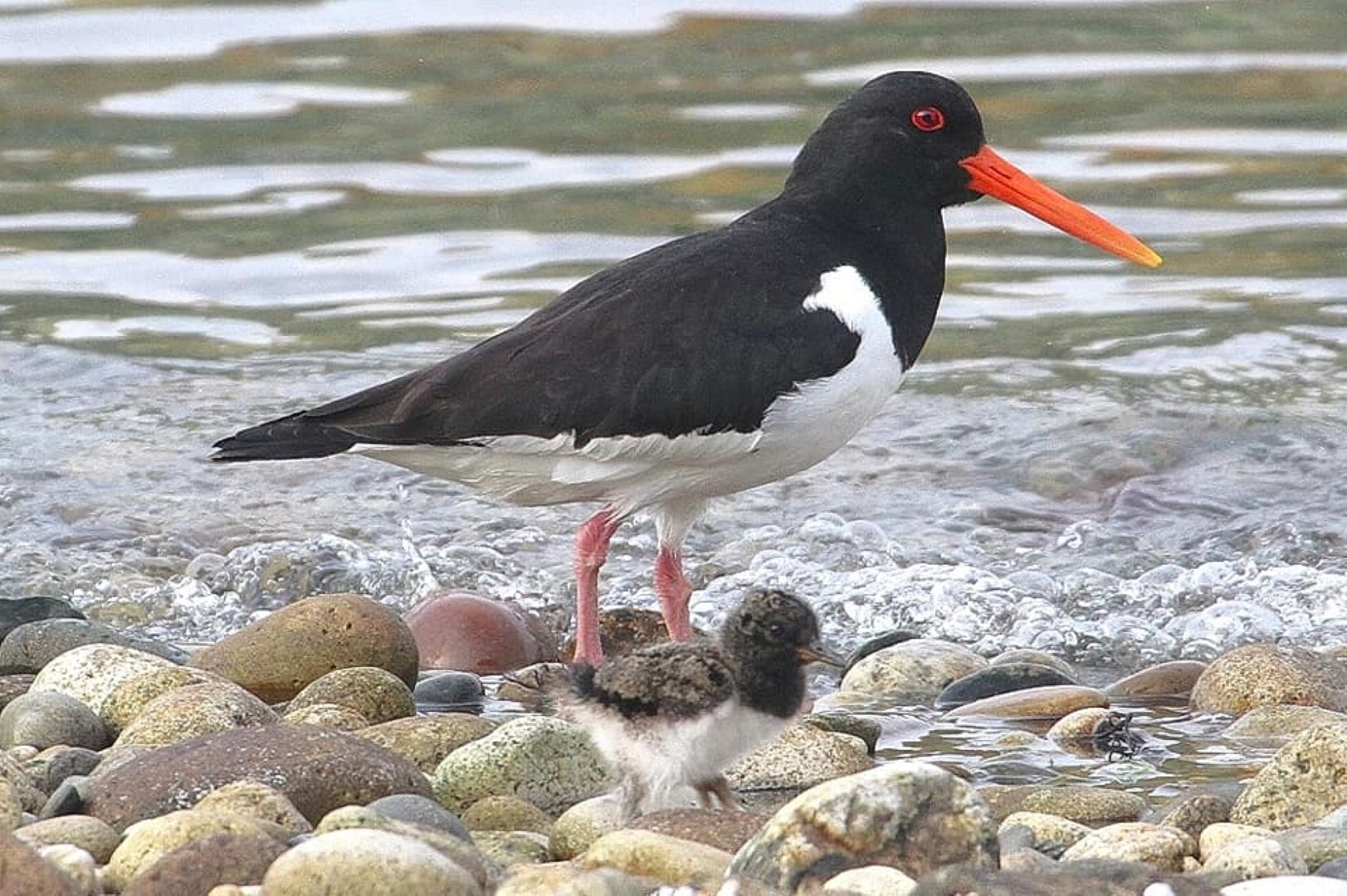
When we visit the Great Barrier Reef, most of us spend all our time looking down under the water, gazing at the marine life. Next time you are out on the water, try looking up and admire the bird life overhead.
The Reef is home to 22 species of seabird and 32 species of shorebird. And, yes, there are differences between seabirds and shorebirds.
Seabirds are pelagic and spend most of their life at sea. They move towards coastal areas generally to breed and raise young for a minimal amount of time. They have more feathers than other types of birds for more insulation and waterproofing, and most have webbed feet for swimming. Seabirds even have an incredible internal desalination system where their glands excrete excess salt from ingested seawater, so they don't need to find fresh water to survive.
Some of the common seabirds include; terns, boobies, shearwaters, petrels and noddies. Shorebirds on the other hand are largely migratory. While they may cross vast distances, they stay close to shore when feeding and breeding. Their long legs, separated toes, and pointed beaks make it easy to search for food in the wetlands, marshes, and beaches they frequent.
Some of the more common shorebirds include; oystercatchers, curlews, sandpipers and plovers.
Birds play an important role in the Great Barrier Reef ecosystem. They are major consumers of marine organisms such as fish and invertebrates, and form an integral part of the marine food web. Birds are also an important part of the nutrient cycle by linking reef, pelagic and island ecosystems. They enrich island soils by depositing guano and carrion, and influence the growth of plants on coral cays. Birds also transport seeds from the mainland to offshore islands, which contribute to the establishment of island plant communities.
The birds of the Reef, particularly the seabirds, are some of the world’s most threatened species. According to a study published by the Great Barrier Reef Marine Park Authority, there has been a rapid decline in multiple species’ populations due to plastics, oil and other pollutants and the climate crisis’ impact on ocean environment. As the crisis continues to escalate, the successful breeding of seabirds will continue to decline. When seabirds detect an increase in the temperature of sea surfaces (resulting in increased difficulty in food foraging) they are more likely to abstain from participation in breeding season.
It is important to note that all birds within the Great Barrier Reef Marine Park are protected.